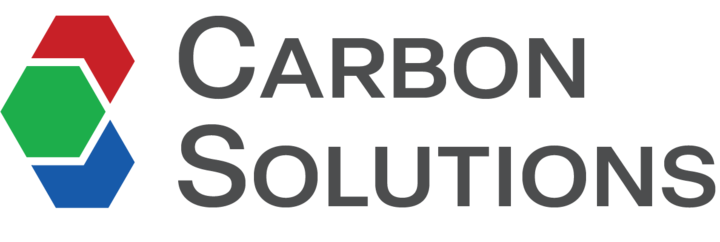Our Services
Direct Air Capture (DAC) Siting and Modeling
DAC technology siting and performance assessment using NECTAR, the Negative CO2 Emission Transition Roadmap.
Optimizing site selection and design for DAC technology
Using proprietary NECTAR software and its comprehensive supporting database, Carbon Solutions identifies optimal sites for DAC deployment. This includes evaluating technology performance based on hourly climate, elevation, CO2 storage potential, renewable energy availability, and other critical factors. In addition to site suitability, NECTAR analyzes resource use, including water consumption and energy demand, ensuring that sites are not only technically feasible but also resource-efficient. NECTAR is designed to maximize CO2 capture efficie storage potential, renewable energy and power availability, and other factors. NECTAR aims to maximize CO2 capture while minimizing energy needs and costs.
Our Process
Novel approach to DAC siting and assessment
DAC technology performance
Power availability focused on renewables
We use NECTAR to calculate power availability and cost (on and behind meter) with a focus on renewables including wind, solar, and geothermal.
CO2 storage assessment
Using SCO2TPRO, Carbon Solutions identifies CO2 storage sites by evaluating injection rates, plume evolution, storage capacity, and sequestration costs.
Integrated DAC Assessment
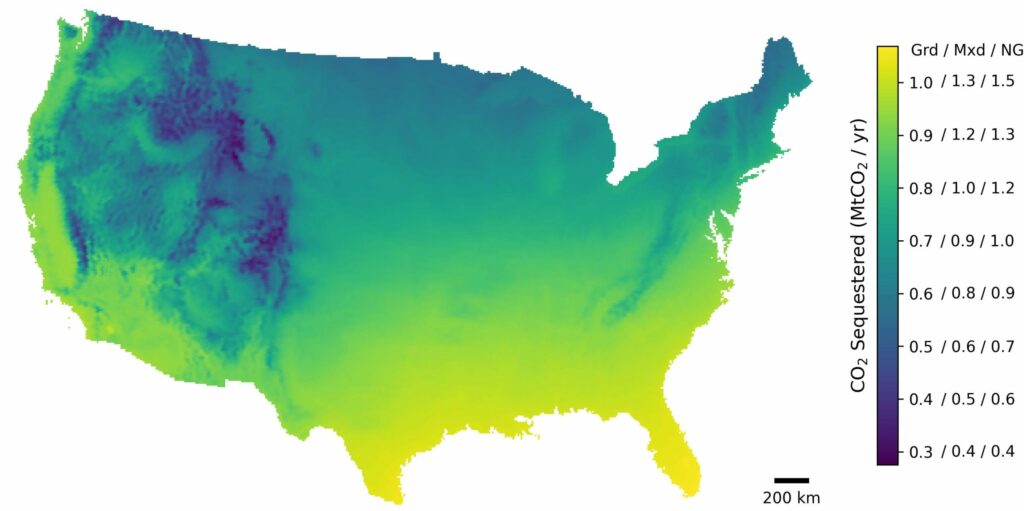
NECTAR
Our proprietary DAC siting tool
Example considerations
- DAC performance as a function of weather, including variability, extremes, and risk to facility uptime
- Quantity, source, and carbon footprint of energy required (e.g., heat, steam, electricity)
- Renewable energy availability and integration (e.g., solar, wind, geothermal)
- Long-term weather risks, such as increased frequence of extreme events or shifting climate patterns
Current technologies of focus
- High-temperature, liquid solvent, direct air capture
- Low-temperature, solid sorbent, direct air capture
FAQs
Learn more about Direct Air Capture (DAC) and how it can benefit your organization.
What are the benefits of Direct Air Capture (DAC)?
DAC is a Carbon Dioxide Removal (CDR) technology that captures CO2 directly from the air. Unlike other approaches, DAC requires minimal land and enables straightforward measurement of captured CO2, making it efficient and scalable.
What DAC technologies do you work with?
Carbon Solutions works with multiple DAC technologies, including solid sorbents and liquid solvents. NECTAR’s siting and modeling process is adaptable to any technology with available performance data.
How do you work with environmental constraints in DAC?
Environmental factors, such as weather, water consumption, energy availability, and CO2 storage, can be individually or collectively analyzed. This flexibility allows Carbon Solutions to customize its approach to align with client priorities.
How do you determine where DAC potential is best?
NECTAR uses a data-driven framework to evaluate weather conditions, energy access, CO2 storage potential, natural resource requirements, and environmental justice considerations, enabling informed and optimized site selection.
How does NECTAR fit into your process?
NECTAR plays a central role in DAC feasibility assessments by combining technical, economic, and societal considerations. Its comprehensive framework provides highly accurate and tailored results without requiring customers to disclose proprietary technology details, ensuring privacy while identifying the best locations and technologies for specific project goals.
Information Hub
Our DAC Projects
NECTAR and related tools have been applied to a variety of DAC projects, providing valuable insights and supporting advancements across the field.
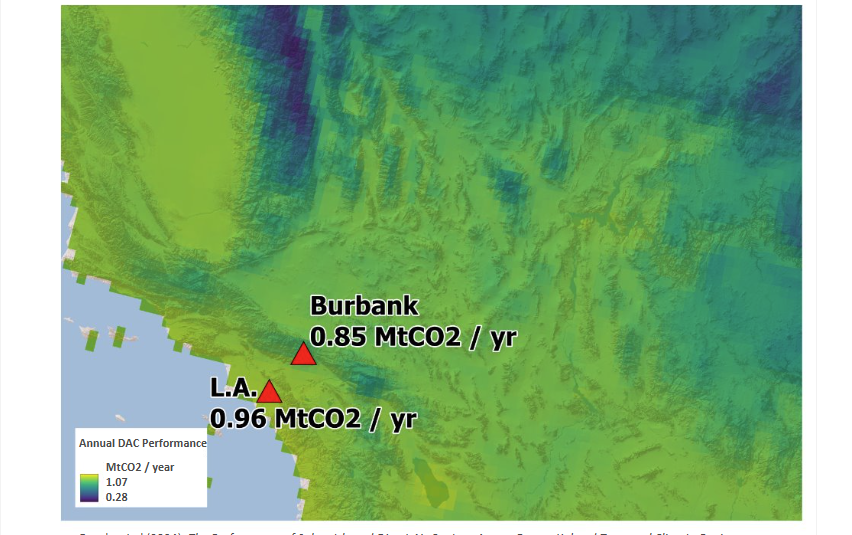

Our Team
Specialists in Direct Air Capture

Jonathan Ogland-Hand
Director of Carbon Removal
Jonathan Ogland-Hand has a multidisciplinary background in engineering and environmental science with expertise in process-level modeling, techno-economic analysis, and energy systems analysis.
He works on energy transition projects, including carbon dioxide removal, renewable energy integration, and CCS technologies at Carbon Solutions.
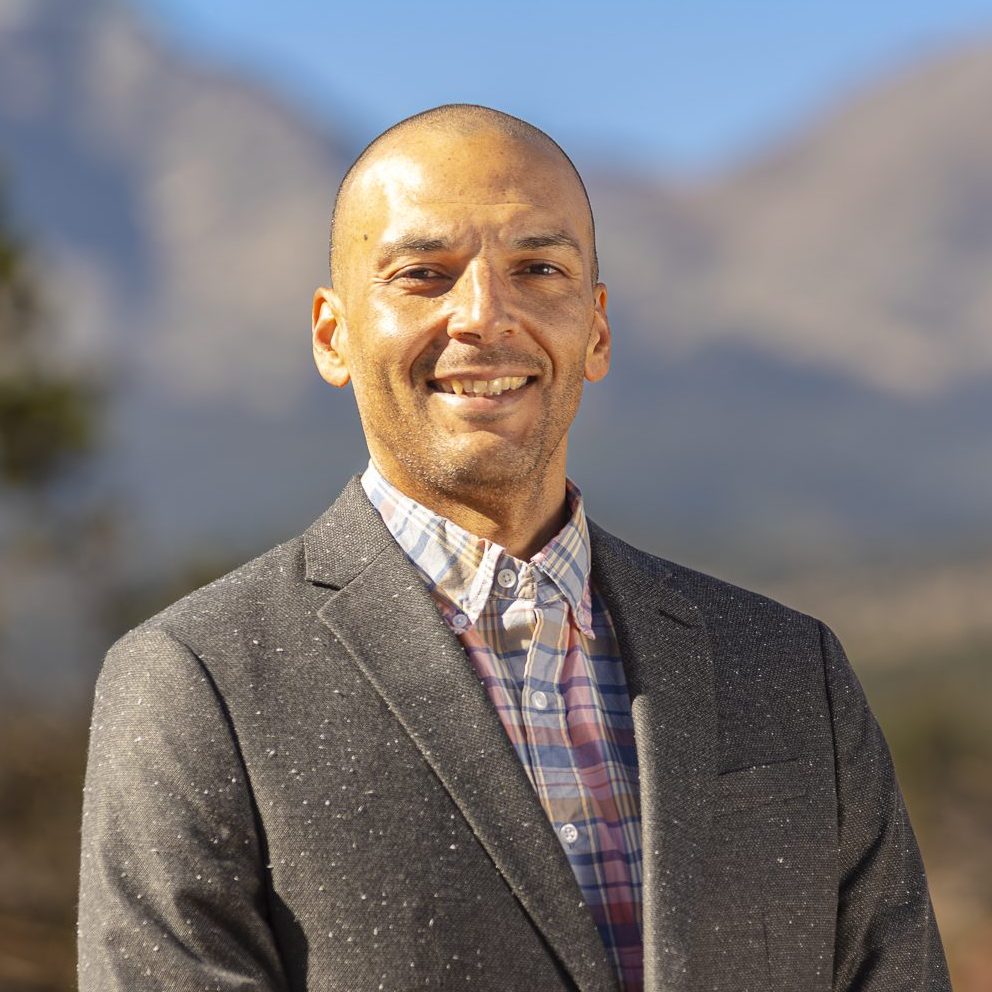
Bjorn “BJ” Brooks
Research Scientist
BJ has a background in paleobiology, biology, and geology with expertise in climate modeling, cloud computing, and ecological analysis.
He supports projects to deliver impactful solutions for carbon dioxide monitoring and removal at Carbon Solutions.
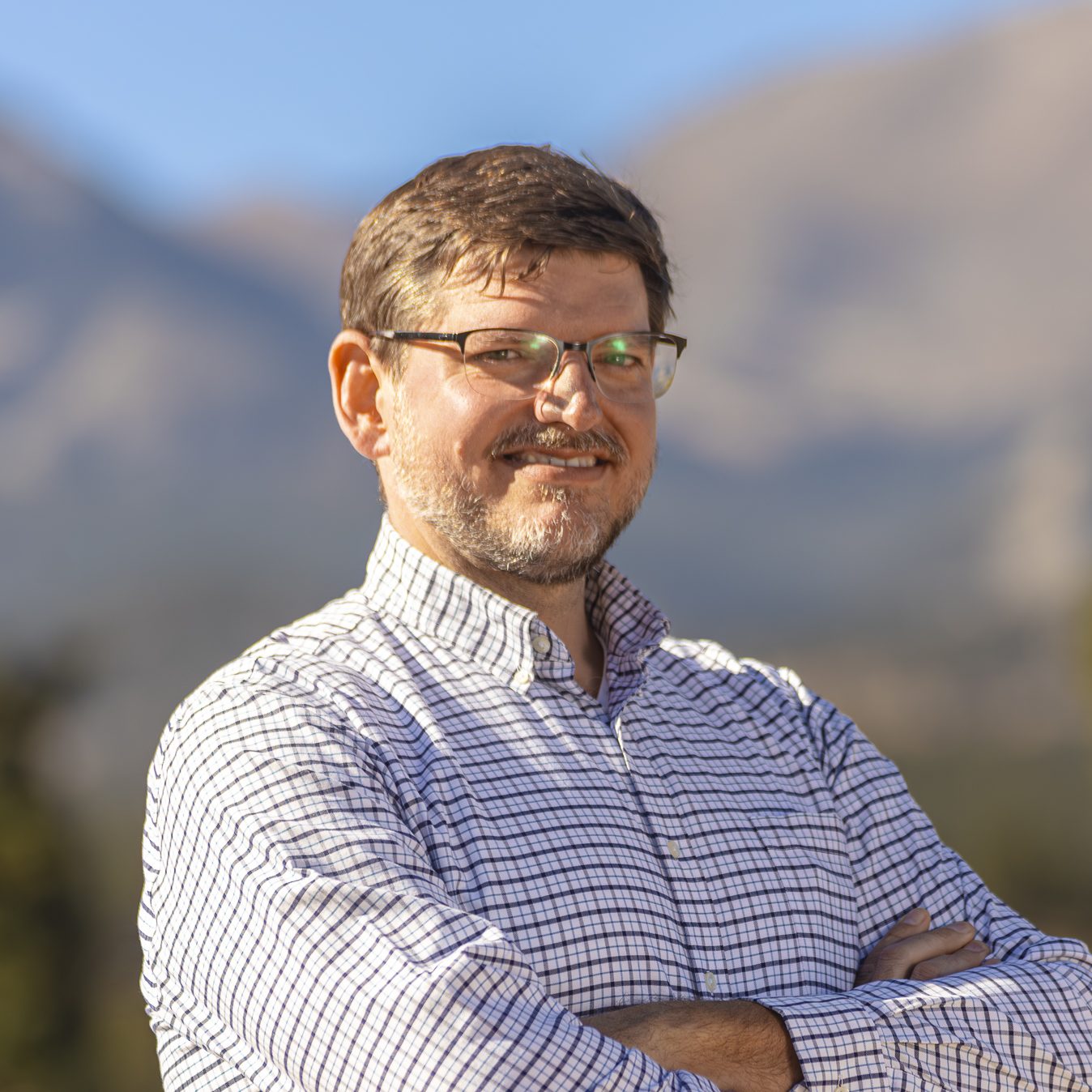
Ben Adams
Research Engineer
Ben is a mechanical engineer and full-stack software engineer with research interests in CO2-based and native-brine geothermal electricity generation.
He supports Carbon Solutions' technical research and software development initiatives.
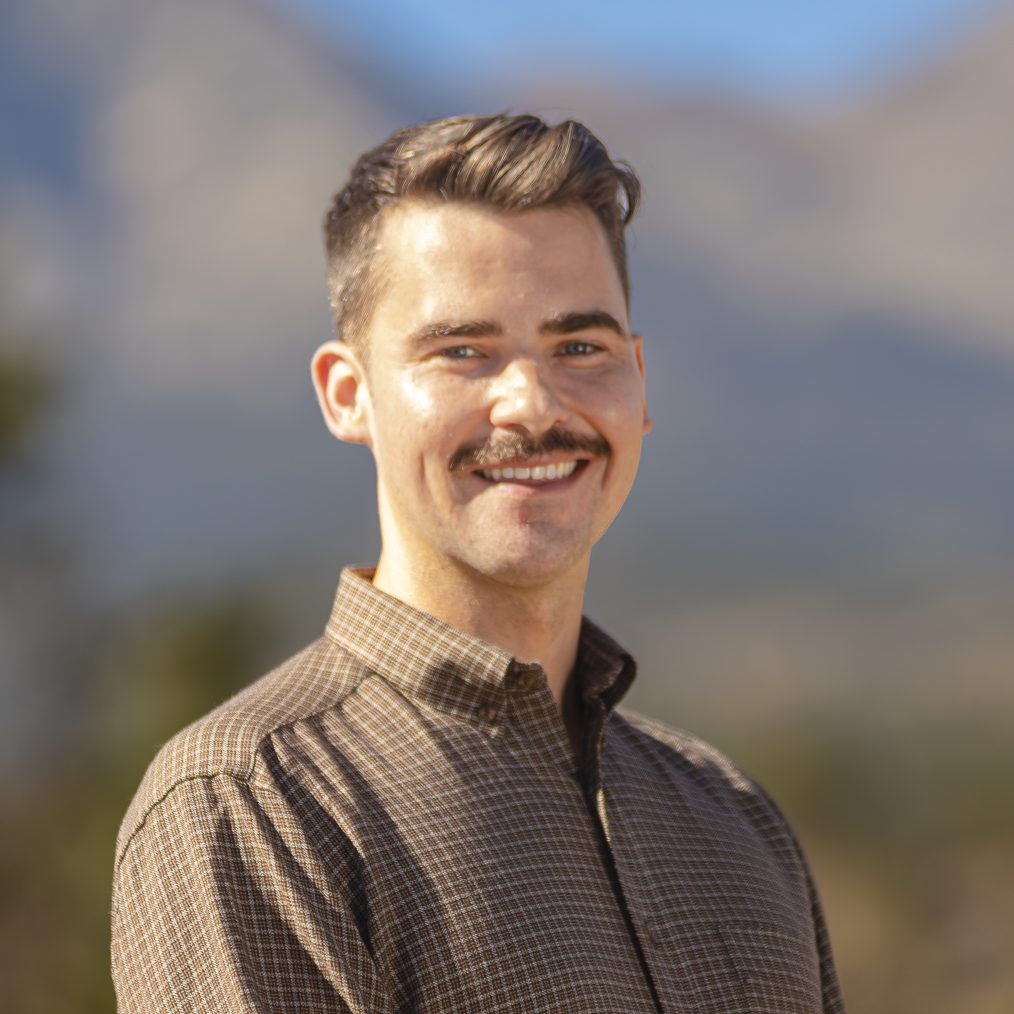
Andrew Harrison
Research Scientist
Andrew is a chemical engineer with a background in energy modeling, forecasting, and utility regulation.
He explores how social, health, and physical data can assist in equitably implementing decarbonization technologies.

Jonathon Prehn
Research Scientist
Jonathon is a computer scientist and GIS developer who focuses on GIS analysis, workflow automation, and visualization.
He assists with general software development and GIS tasks, including CostMAPPRO, SimCCSPRO, and spatial analysis.
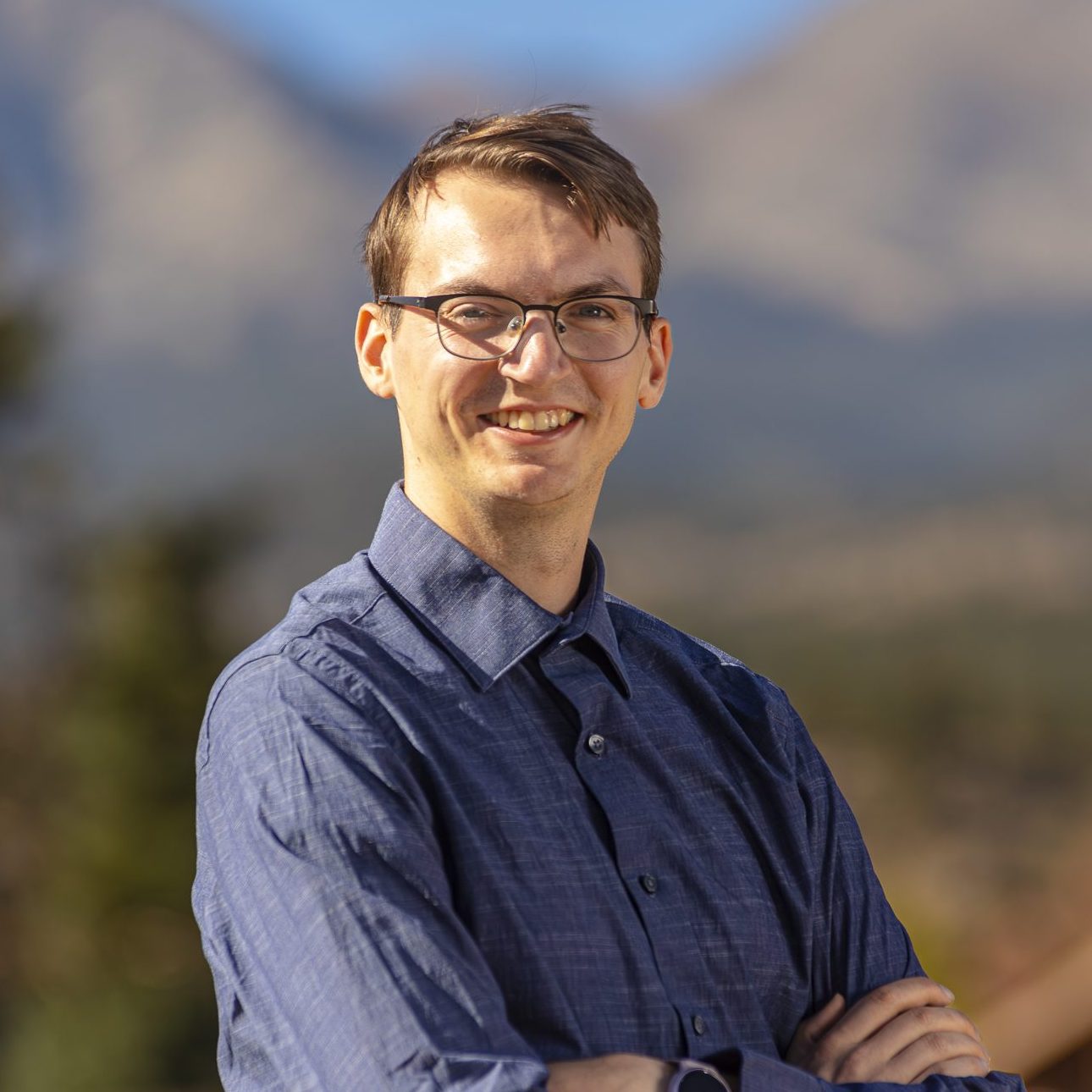
Caleb Geissler
Research Engineer
Caleb has experience in optimization of renewable energy systems, with a current focus on bioenergy with carbon capture and storage (BECCS) optimization from the biorefinery levels to BECCS usage on a national scale.
He provides modeling, software development, and optimization expertise on a wide variety of projects at Carbon Solutions.
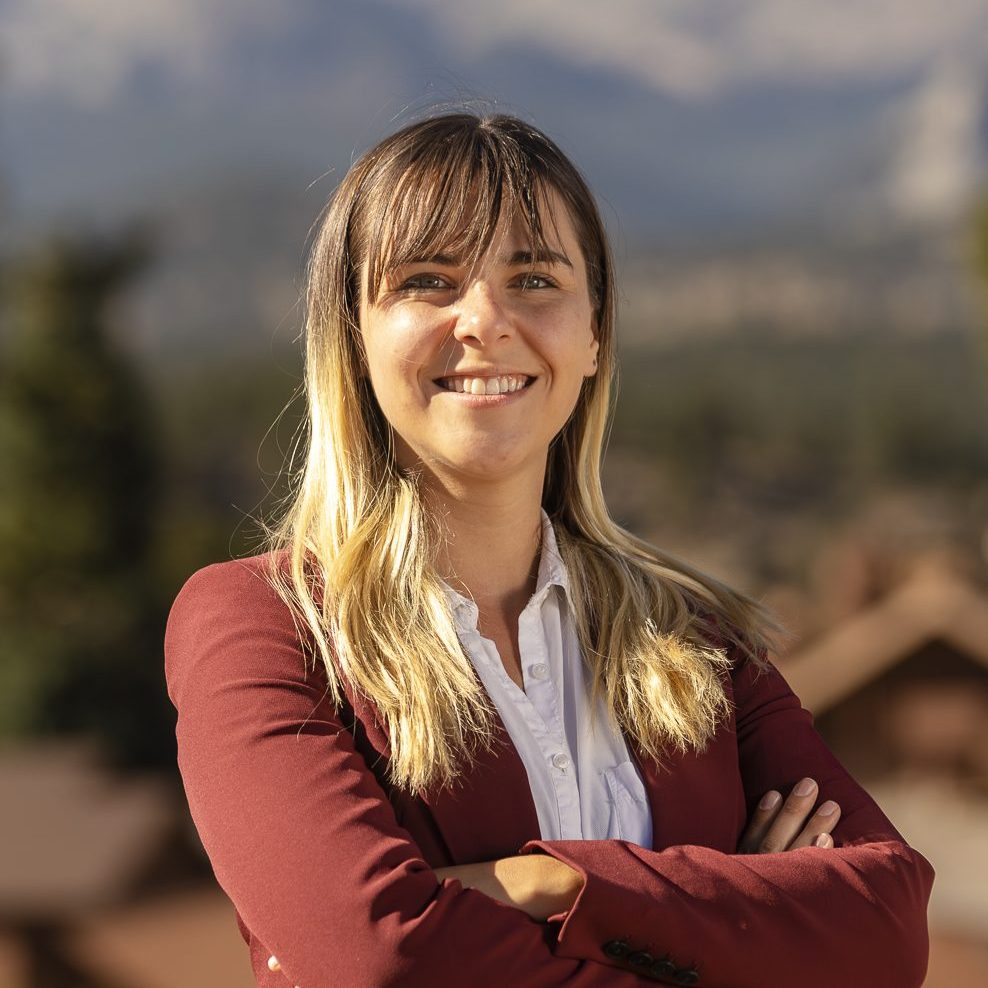
Kat Sale
Research Engineer
Kat is a chemical engineer who focuses on life cycle analysis and techno-economic assessment.
She supports projects by better characterizing point-source emissions and direct-air carbon capture technology.
Client testimonials
Richard and the rest of the team at Carbon Solutions are top-notch researchers and commercialization experts. REI looks forward to continuing to work with CS in the future and continuing to identify and solve the technical challenges involved with bringing next-generation energy solutions to industry.
Dave Swenson
Co-President

Get in Touch
Have a question? Need more information? Contact us today.
